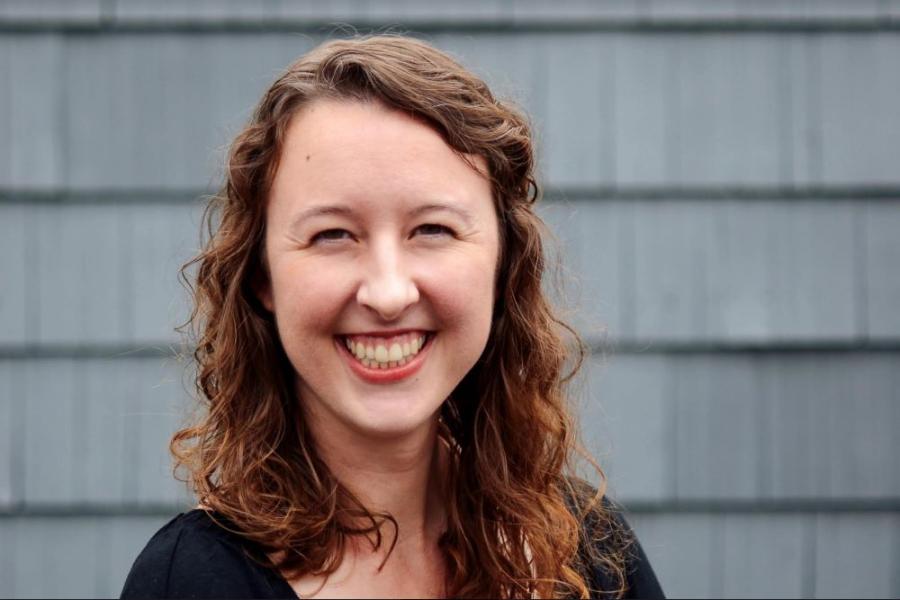
Eighteen years ago, on behalf of the Fellowship of St. Moses the Black (of which she is currently President), Abbess Katherine Weston, whom Axia spotlighted last July before the work premiered, began experimenting with using African-American Spirituals as a source or inspiration for Orthodox liturgical composition. She finished the entire Jubilee Liturgy of St. John Chrysostom in 2023 and premiered it at the Fellowship’s conference in Houston last October.
“Because it was inspired by African American Spirituals, the story begins with the enslaved Christians in the US—spiritual ancestors, I like to call them—who kept their faith alive by composing and singing Spirituals,” explains Abbess Katherine. “This music is more relevant today than ever. The upheavals and disruptions that we are collectively experiencing require a theology of a God who loves and sustains His suffering people.”
It was particularly moving to hear the original Spirituals, which formed the inspiration for Abbess Katherine’s compositions, paired with the liturgical music. We could hear the haunting echoes and taste a glimpse of their deeply rooted context, our minds tracing patterns and connections of rich theological significance. Yet not once did we hear a piece composed by her and simply recognize the exact copy of the spiritual sung before it - it required an attentiveness that invited us into the depths of her artistic and liturgical journey.
“I’ve taken the Spirituals as the inspiration for composition, which a person might or might not pick up,” explains Abbess Katherine. “The original words of the Spiritual need to complement the spiritual moment, when people do recognize it, so that it’s not dissonant…but I tried to alter it enough so that it’s not the same chord progression at all, you’re going to hear it differently.
“I wanted it to be familiar like a familiar smell, that it smells like home, without necessarily taking the mind to this other song.”
For example, the Trisagion’s melody was inspired by the spiritual “Hear de Lambs a-Cryin’.” Abbess Katherine wrote in the program notes, “The song is a tender dialogue between the Lord and Peter, based on John 21:17…Why is this hymn so suited to the Trisagion? Because until the flock encounters Christ, its voice is a wordless cry. Now in the Liturgy we become rational sheep. No longer uttering wordless moans, we cry, “Holy God, Holy Mighty, Holy Immortal, have mercy on us!” This is characteristic of how I seek for congruence between the lyrics of the original Spiritual and the Orthodox prayer that will adopt its melody.” Further pairings included “Motherless Child” with the Cherubic Hymn, and “Were You There (When They Crucified My Lord)?” with the Anaphora.
Abbess Katherine was partially inspired to write this setting of the Liturgy because she knows of Black people who love Orthodox theology but find the music to be a dealbreaker. Her work is currently being used in liturgical services with the blessing of His Eminence Archbishop Elpidophoros, an archimandrite from Nigeria, Fr. Chrysostom, who is doing missionary outreach services to the Black community in New York.
“The average choir director isn’t necessarily on the market to adopt an entire new liturgy. But they might adopt the litanies, or other particular pieces. So I’m certainly hopeful that that will begin to happen.
“My dream is that that will happen, and somewhere an African American family will wander into church that Sunday morning, and hear it, and go, “Oh, they’re singing our song. We belong here. This has to do with us.”
“Of course, it’s not my music: it's the music of the spiritual ancestors, offered to God anew in Orthodox Liturgy.”
How Sweet The Sound, which also included a Spirituals setting of Vespers by musician and composer Shawn Wallace, is now available as an on-demand video on the Capella Romana website here.


Jenna Funkhouser is Axia's staff writer.


